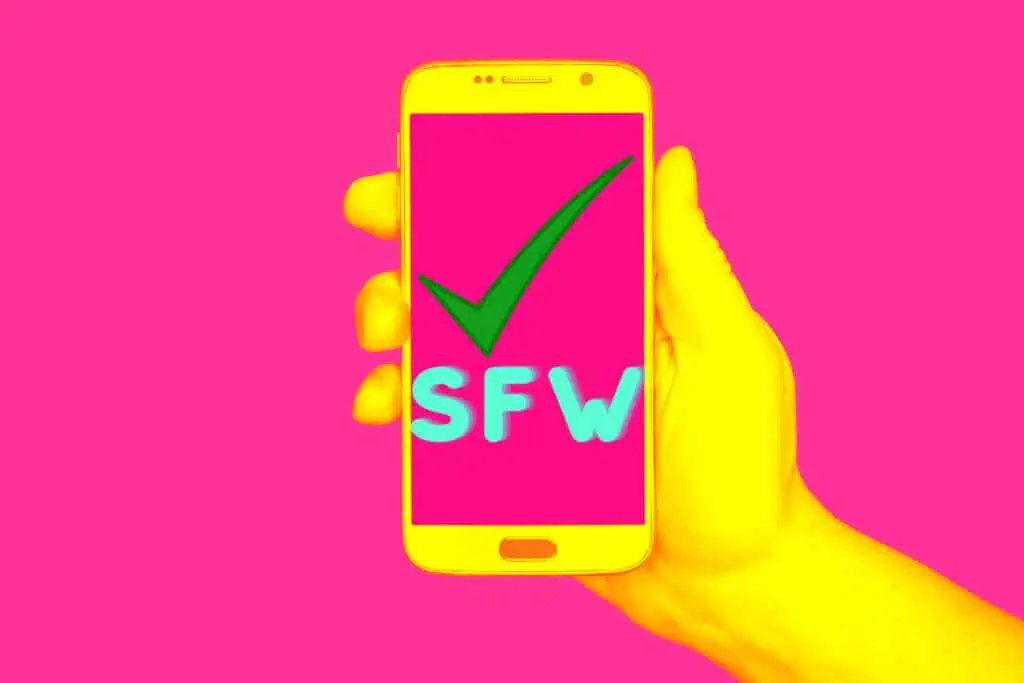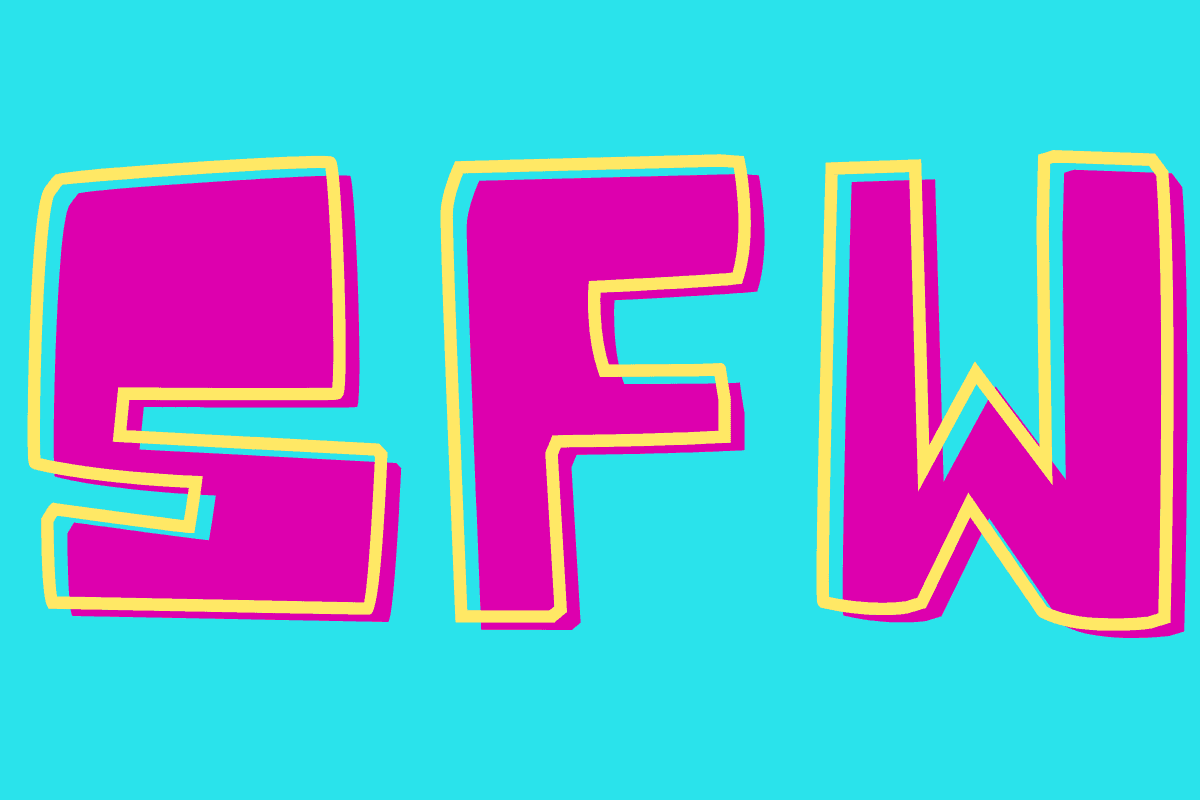It’s not very often you see “SFW” written anywhere as it is generally assumed to be the case, but if you have seen it and you’re wondering what it means, allow us to explain it for you.
The internet contains a lot of, well, stuff.
Written articles, images, videos, and other content may all be accessible on the web, and owing to the combination of mobile devices and a simple online connection through WiFi or data, they can be viewed from nearly anywhere.
People who like surfing the web on public transportation or during their lunch breaks at work are likely to stumble across content that is inappropriate for the workplace or public settings.

This information might contain explicit content, allusions to adult behaviours, profanity, slurs, or violence – anything you wouldn’t want the general public to see.
Usually, this material will be labelled as “NSFW” as a warning – so what does “SFW” mean?
What Does “SFW” Stand For?
“SFW” is an acronym for “Safe For Work”, and is used to label a link that may be presumed to contain NSFW material when in fact it does not.
A story about a murder case, for example, may include some graphic details. Following that, there may be a link with (SFW) after it so that people know they can click it without fear of seeing gruesome images.
Another example would be on a website that can often feature adult material where you may not usually click on particular links or videos unless they are marked as SFW.
Social media platforms like Twitter or Reddit are where you’re likely to see this term the most, as they are known to contain a lot of both SFW and NSFW material.
What Content Can’t Be Described as SFW?
As previously said, you’re more likely to see items marked since NSFW (if applicable) than SFW, as this is the default condition.
Because of this, it will be much easier to list the types of material that constitute being tagged as NSFW, which should be avoided if you are in a public setting.
Here are the few things online that are certainly not SFW:
- Adult content – If you’re publishing 18+ material, whether it’s from a third-party source or something you made yourself, it should always be labelled as NSFW.
- Nudity of any kind – If you share a photo of yourself or another person who is nude or partly nude, it should be labelled NSFW.
- Videos, images or written text that contain profanity – If you post a video that contains profanity, or an image with indecency in the description, you should classify it as NSFW.
When Was NSFW First Used?
According to legend, The NSFW tag initially appeared on the Snopes forum back in the day. According to the account, a woman was browsing the web with her kid when she accidentally clicked on something that wasn’t appropriate for children.
Angry, she wrote on Snopes that the site should have a labelling system that informs users if a post is “appropriate for British school students.”
Obviously, SFBSC is a little too specific, thus the tag NSFW was developed after some pondering.
This will have then lead to the use of SFW tags when NSFW would be assumed but not applicable.


